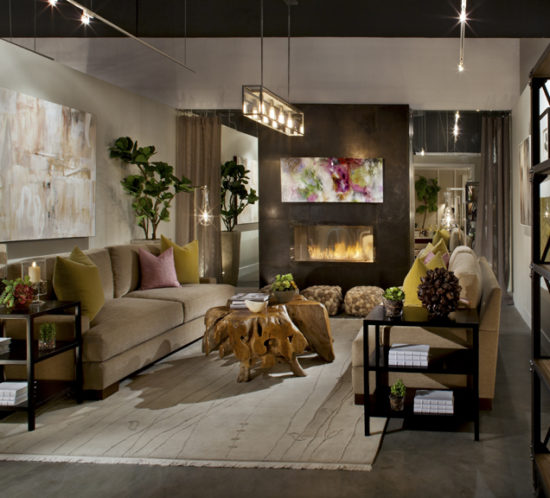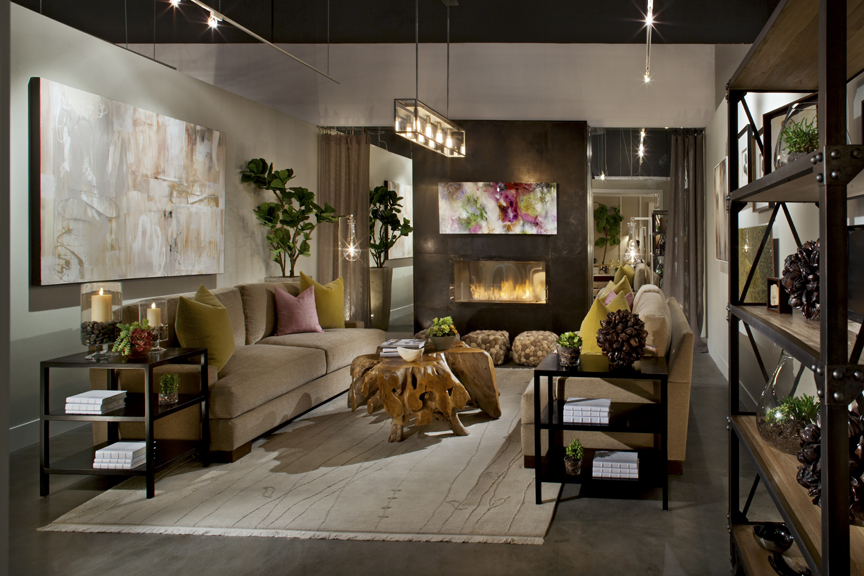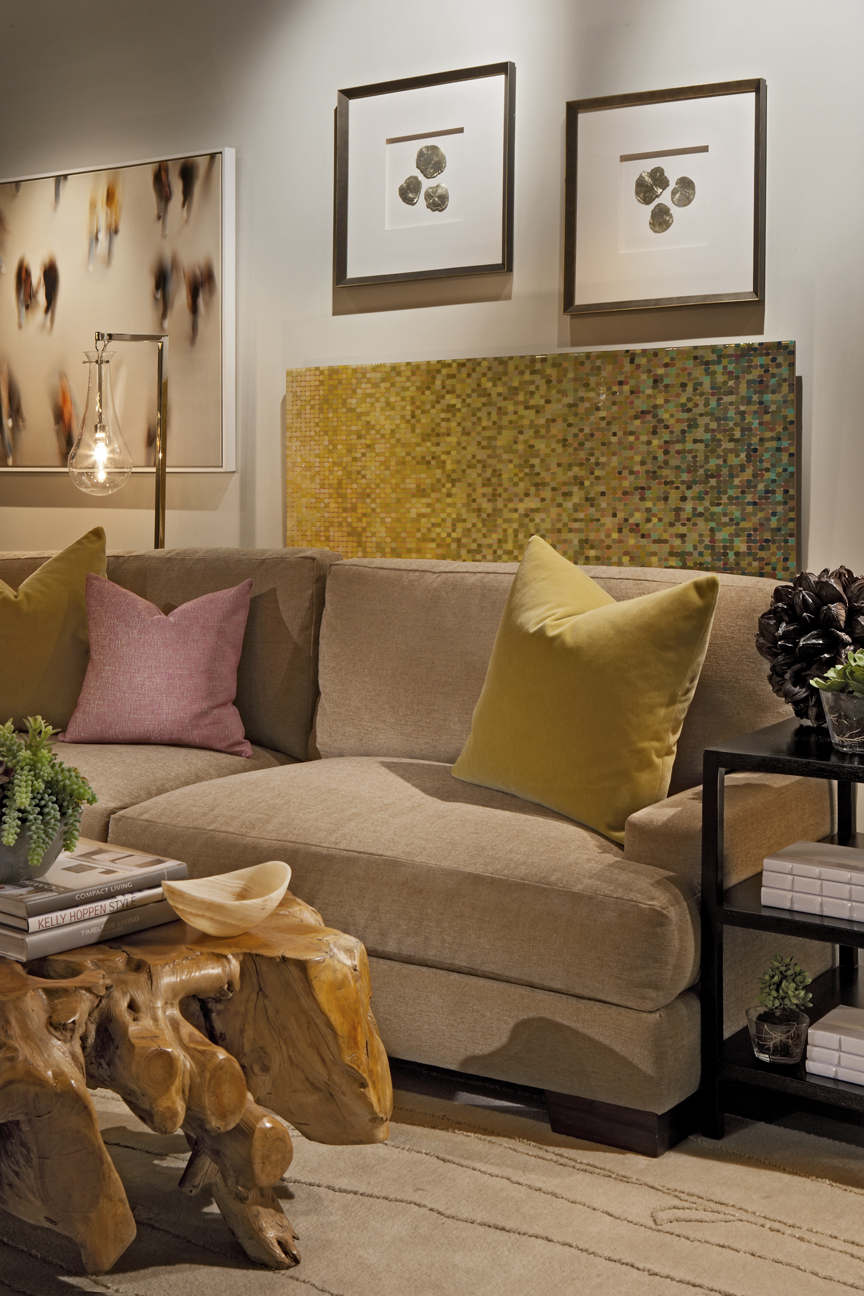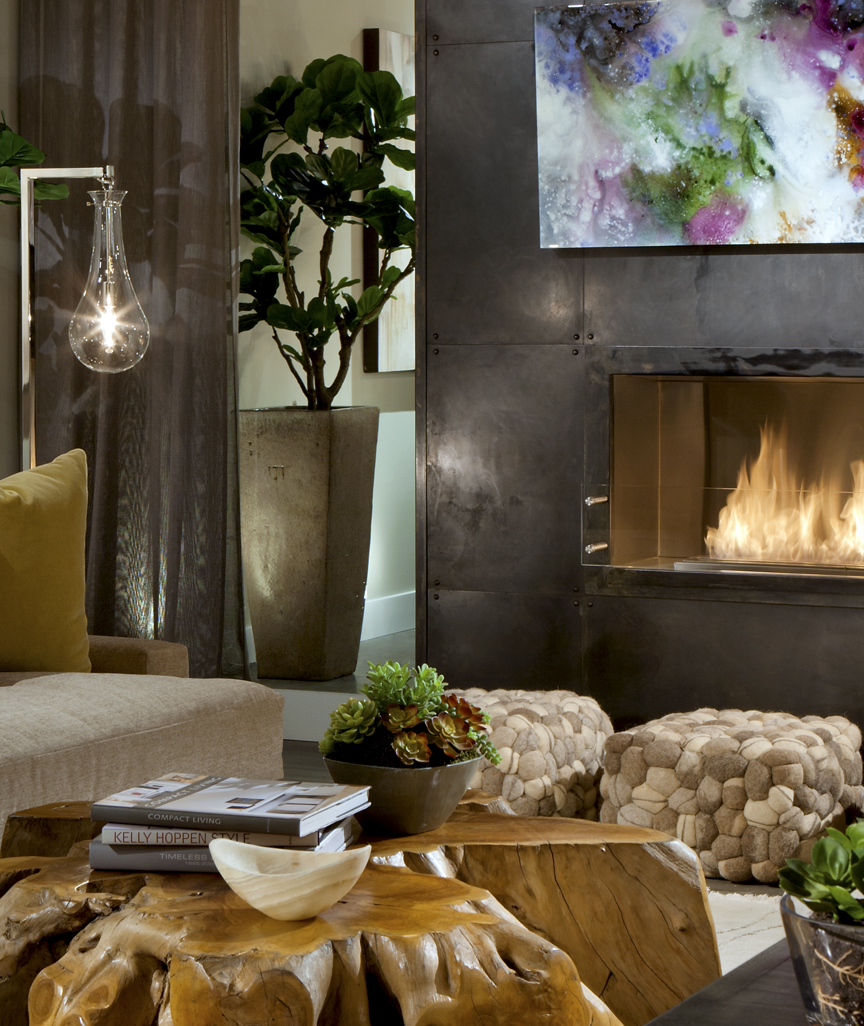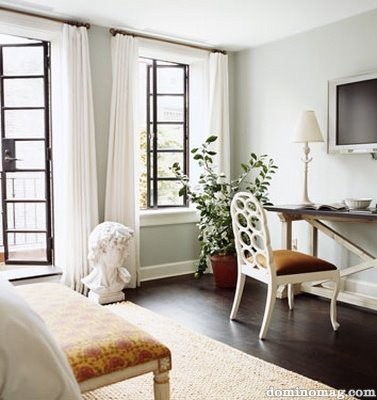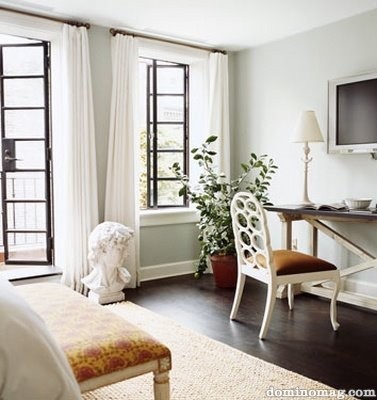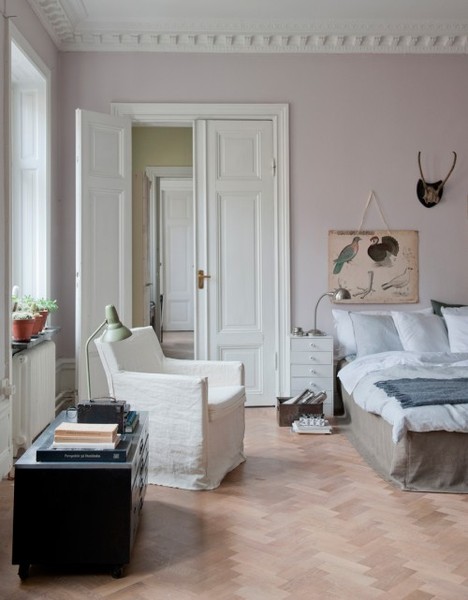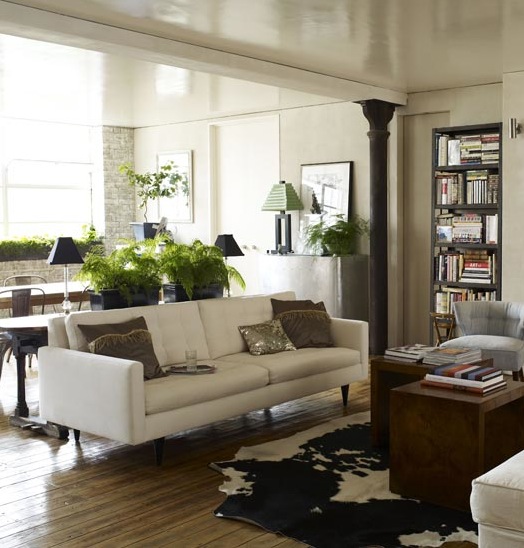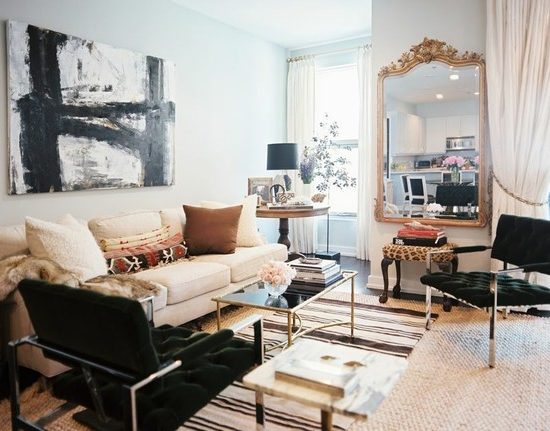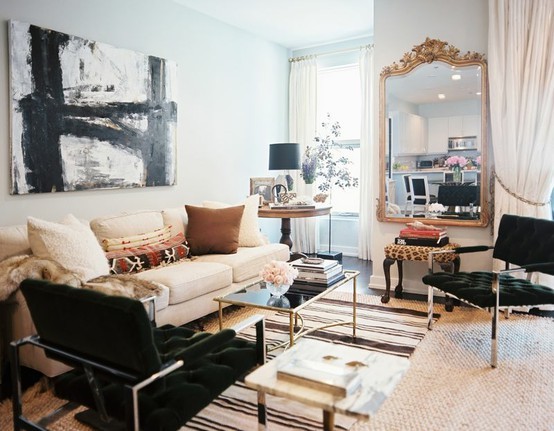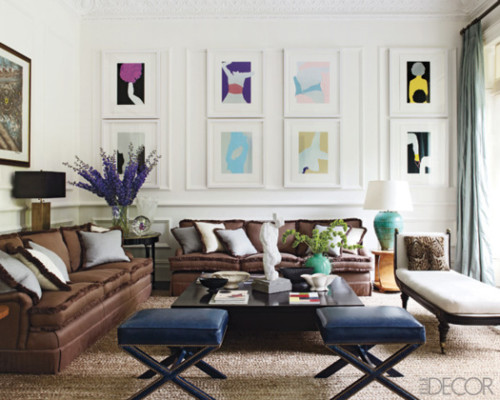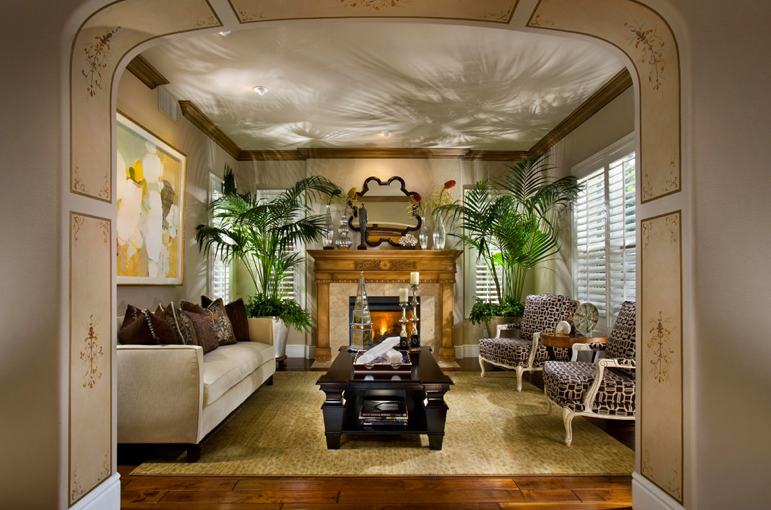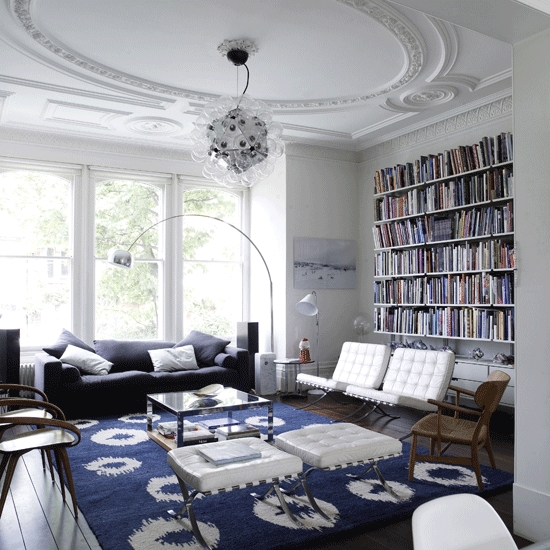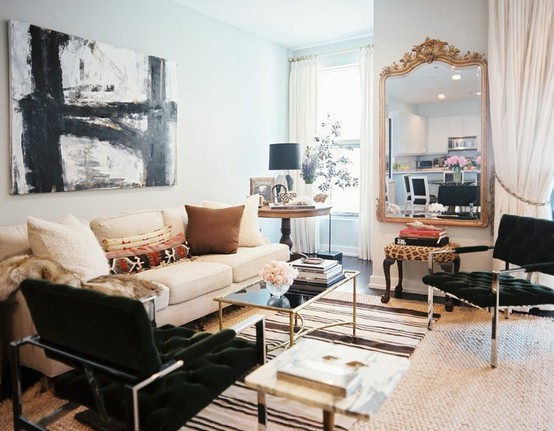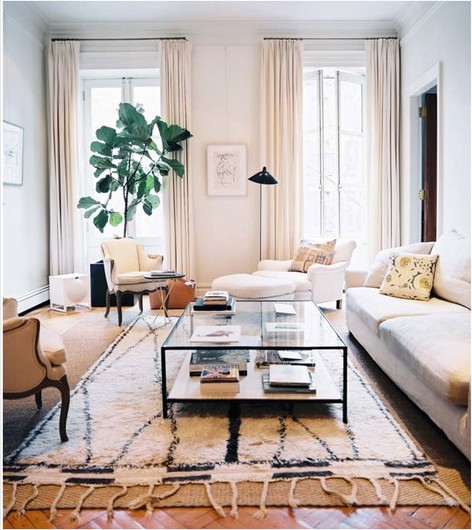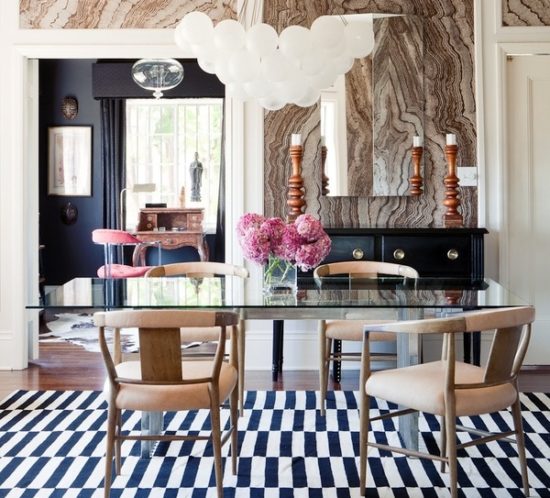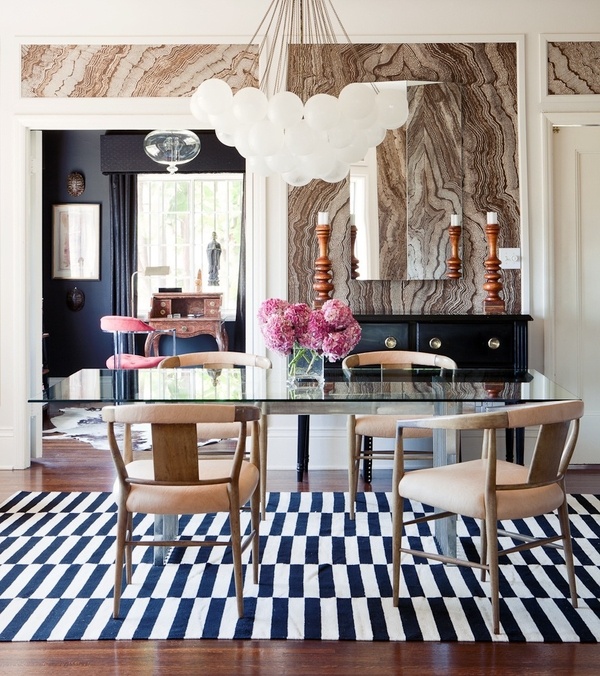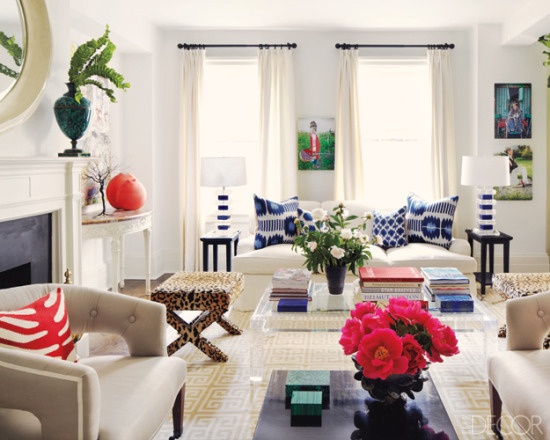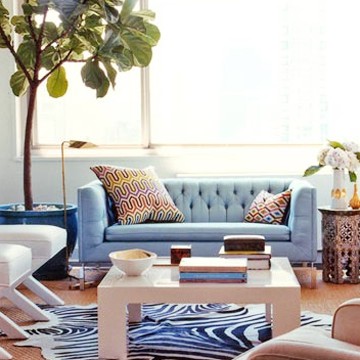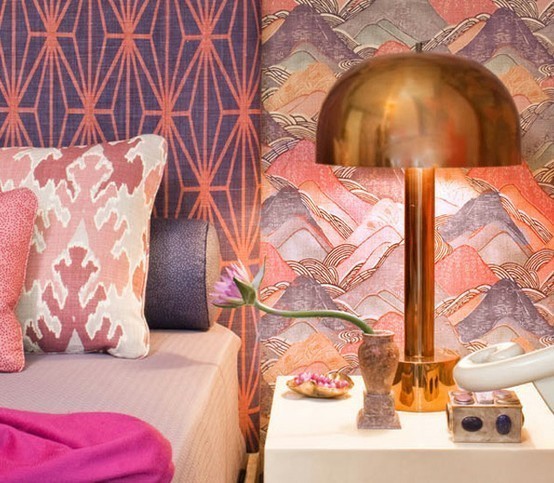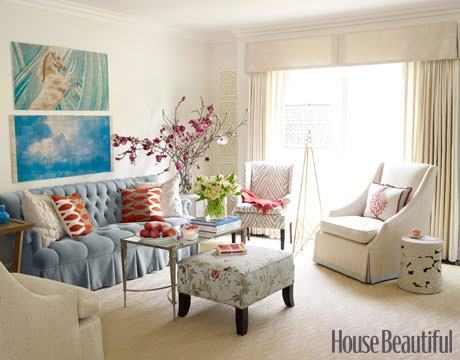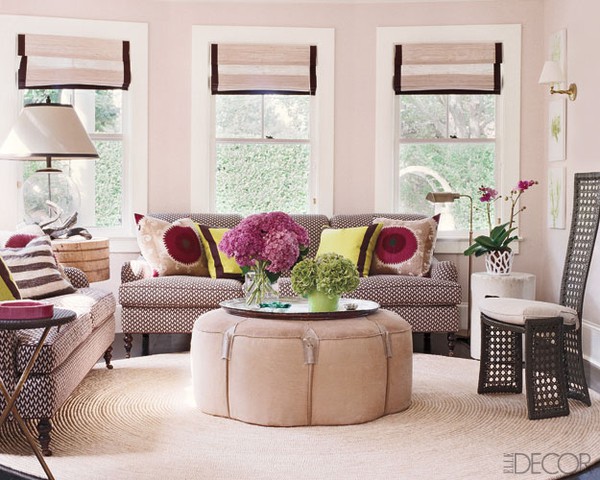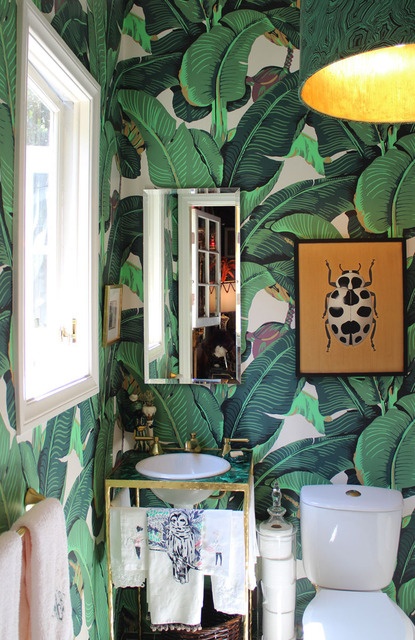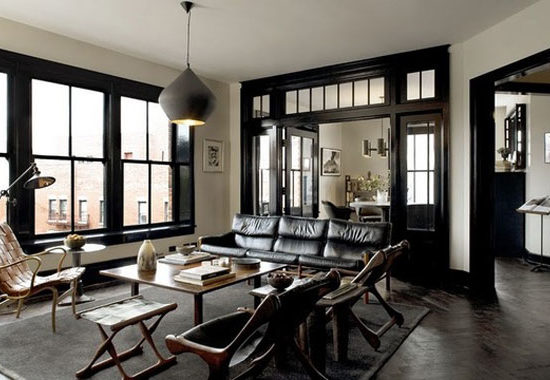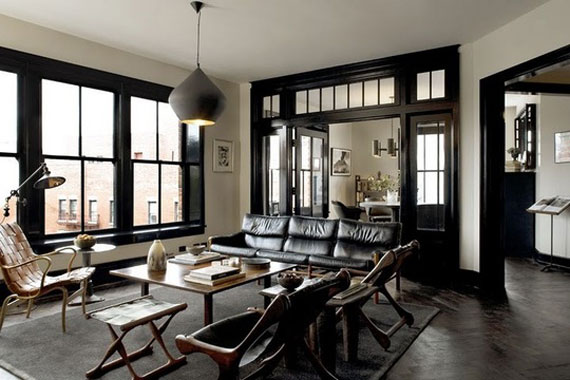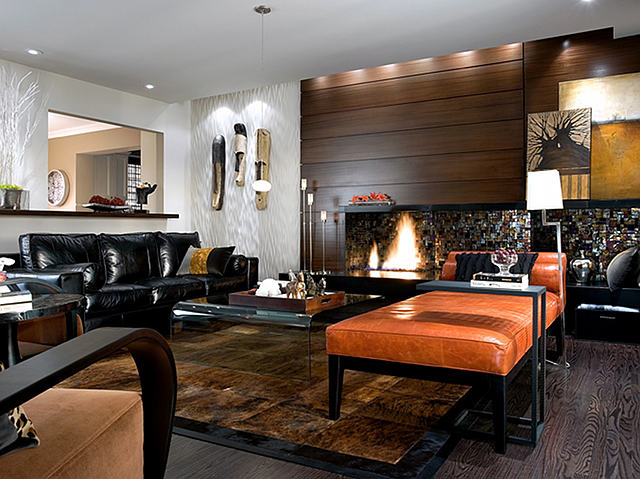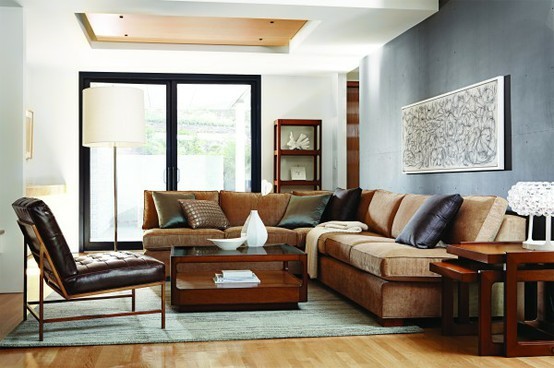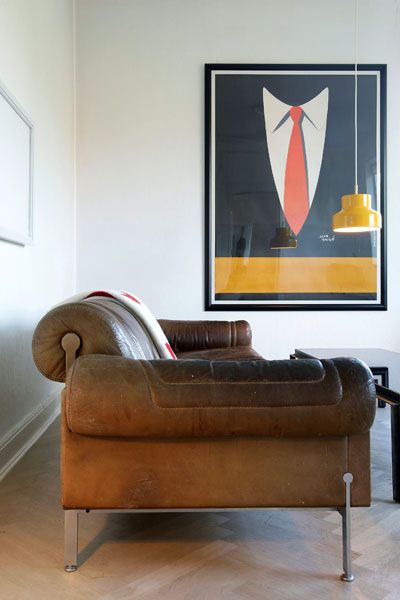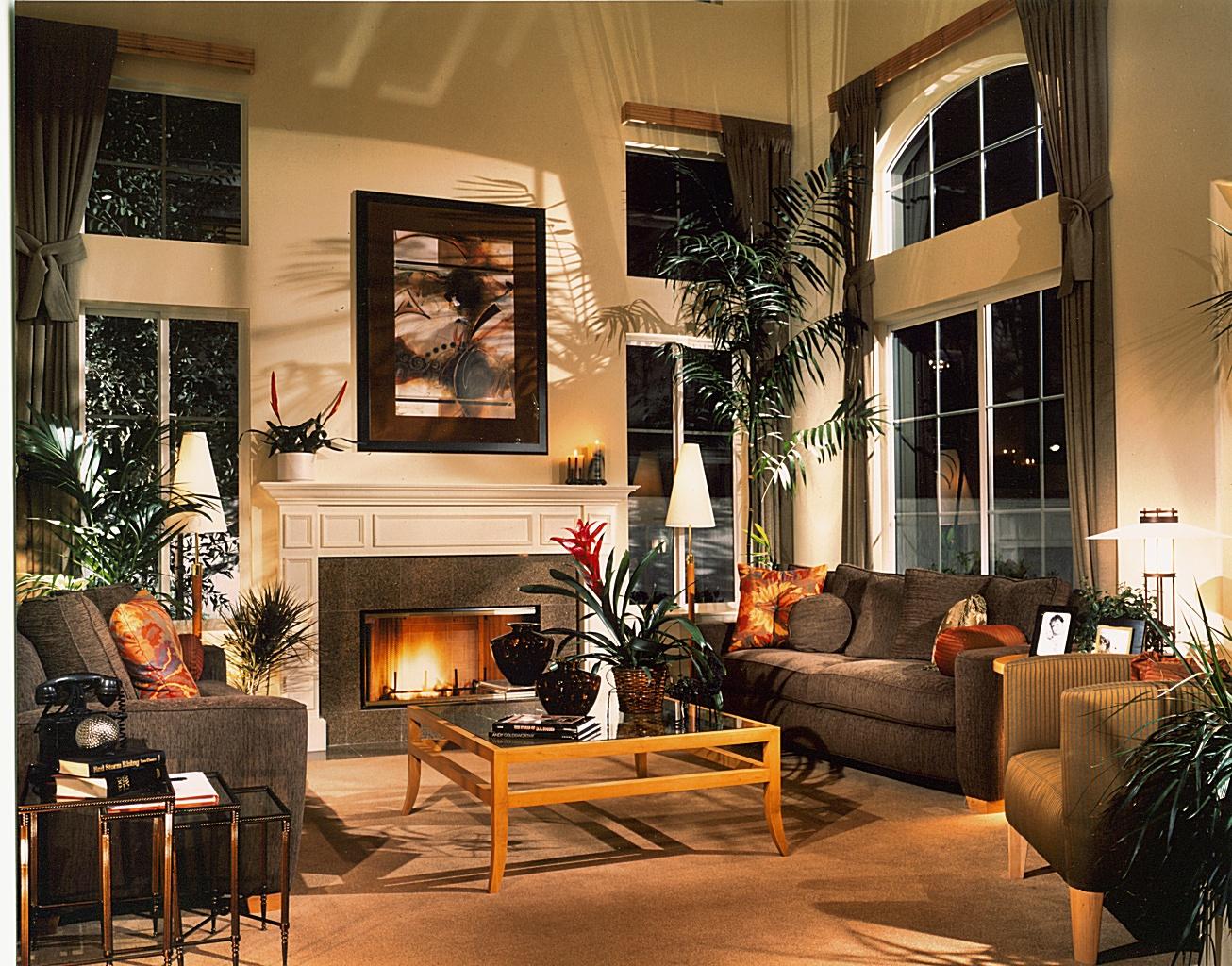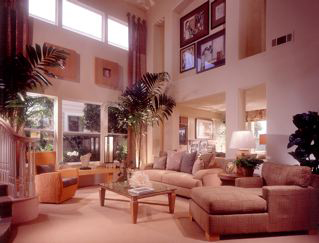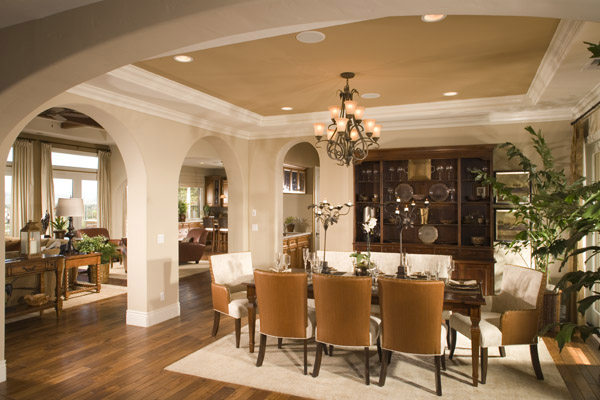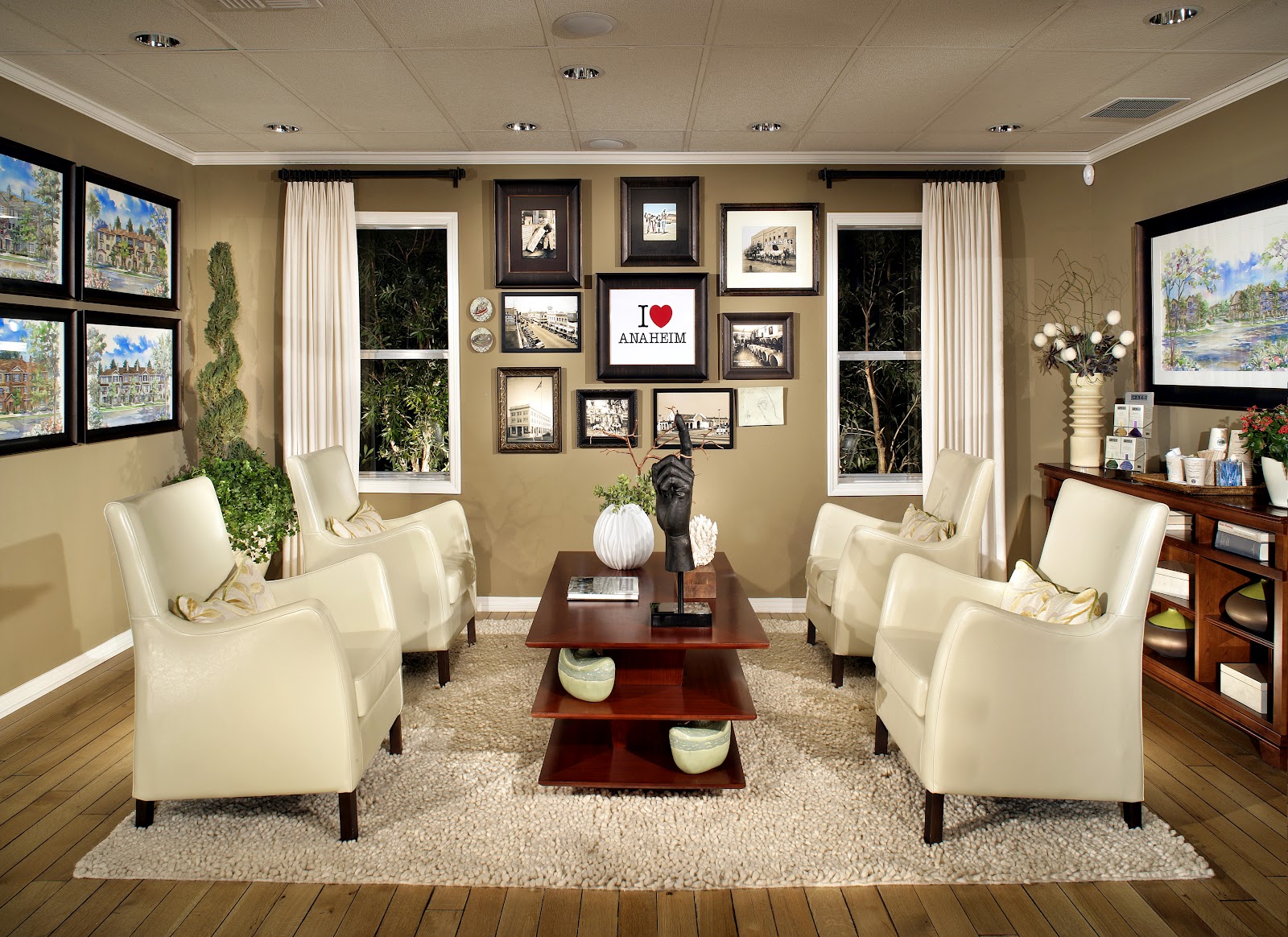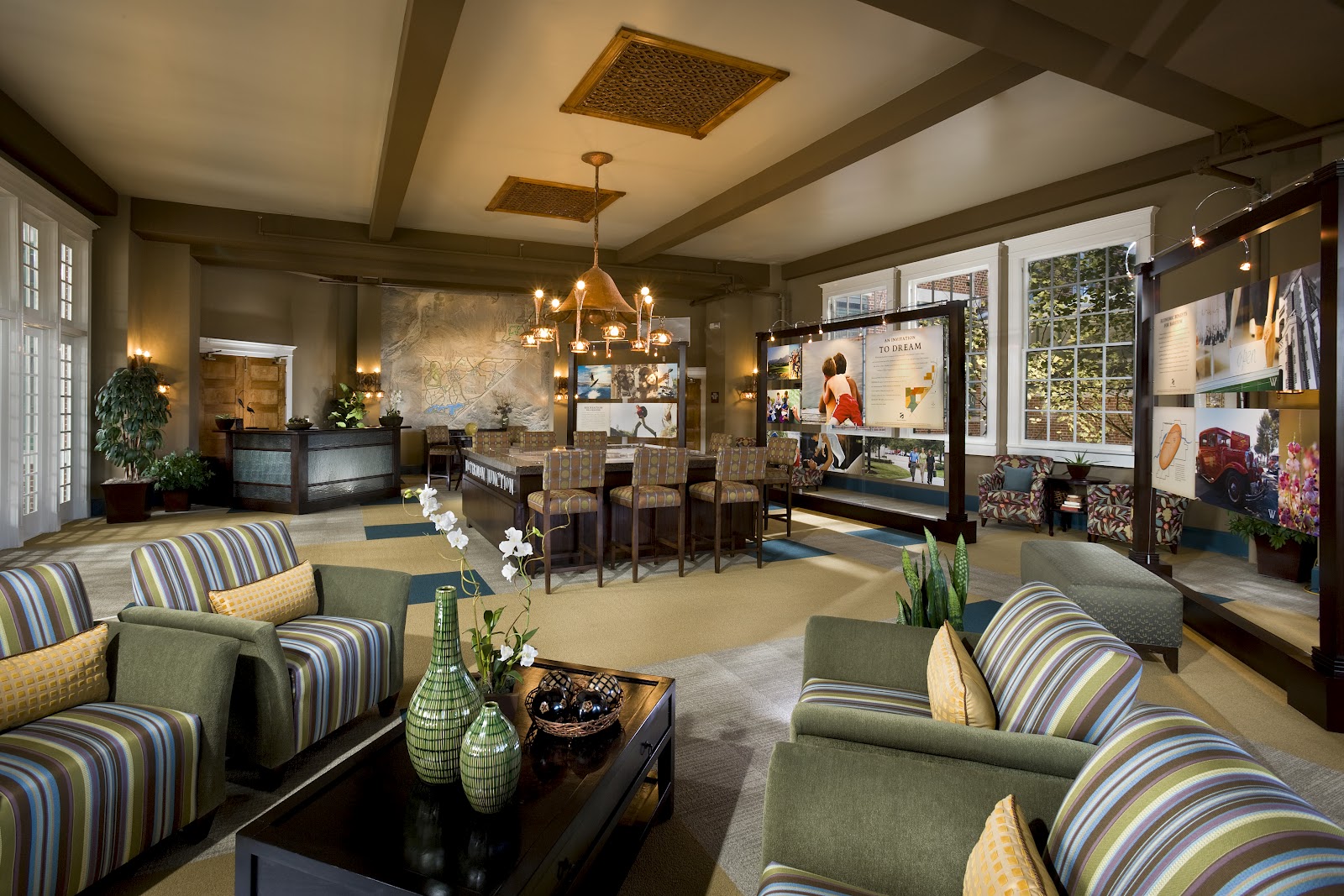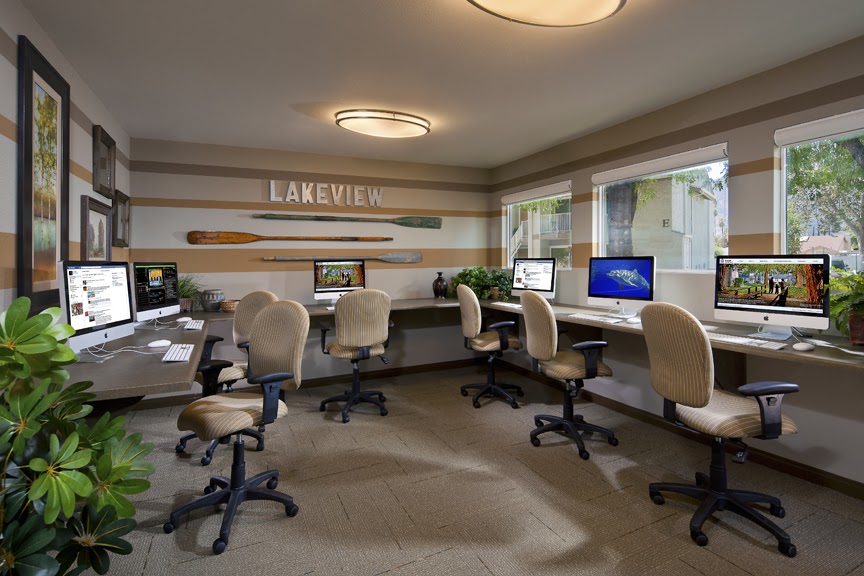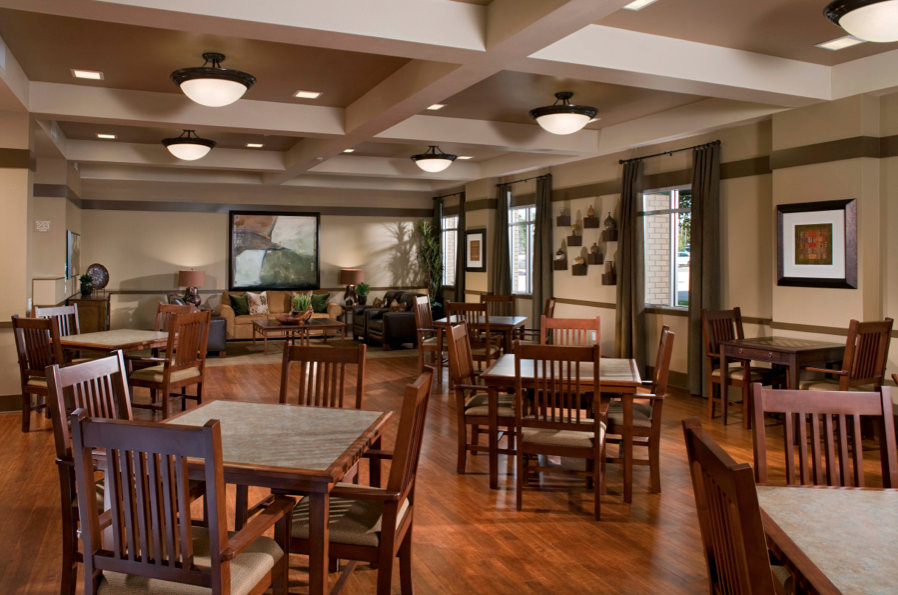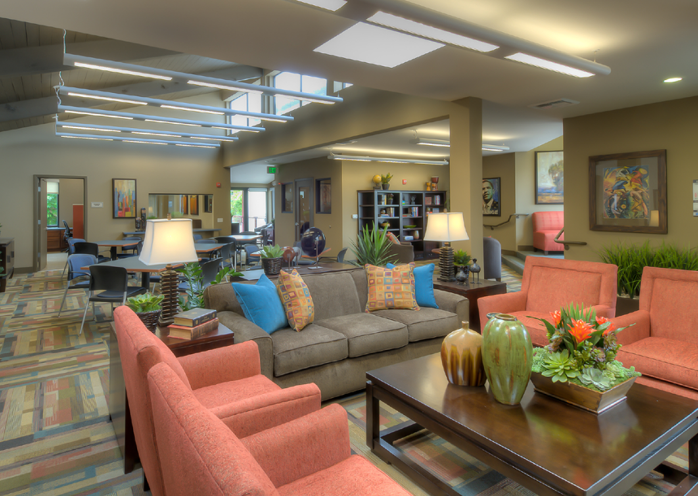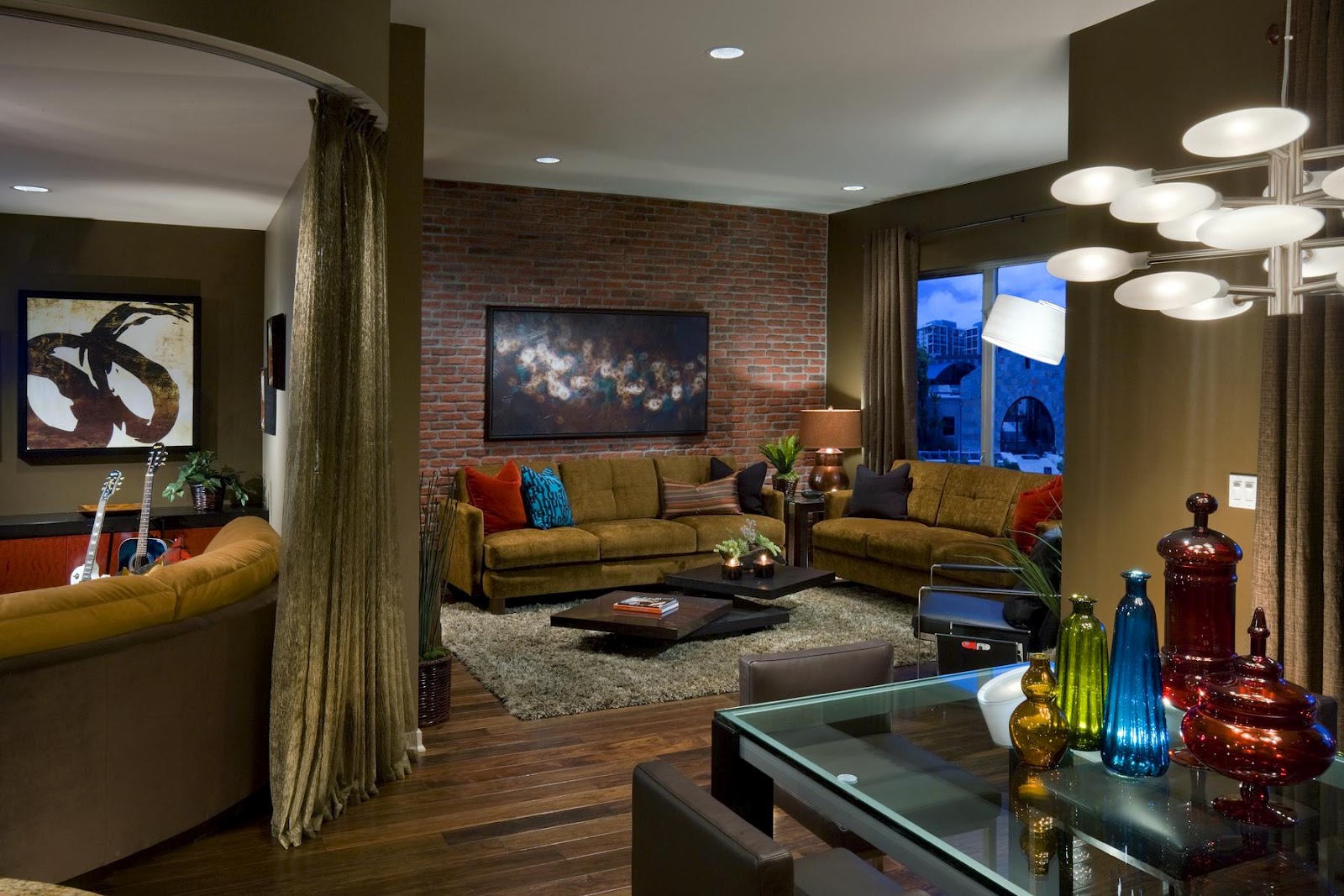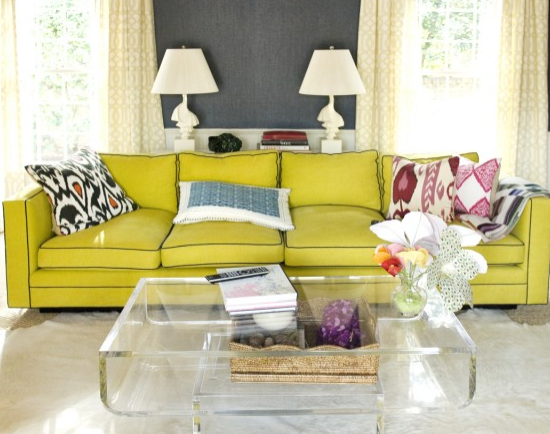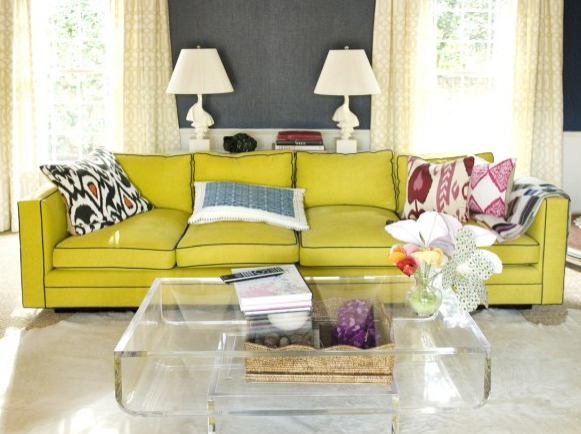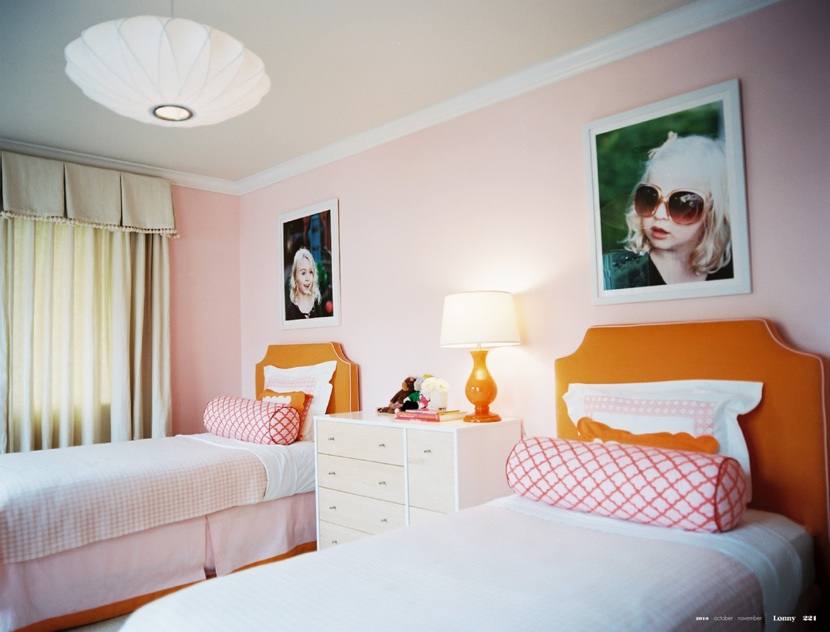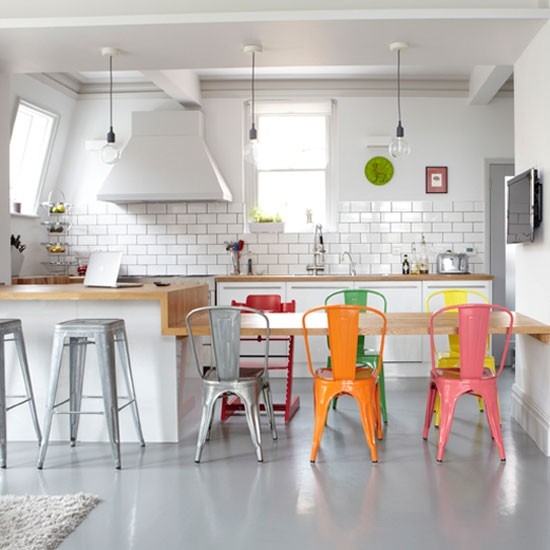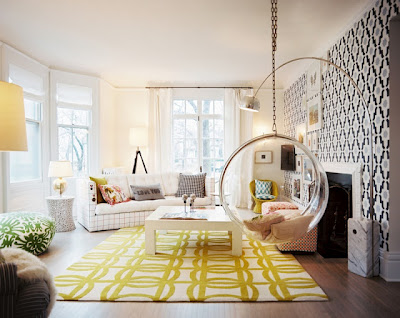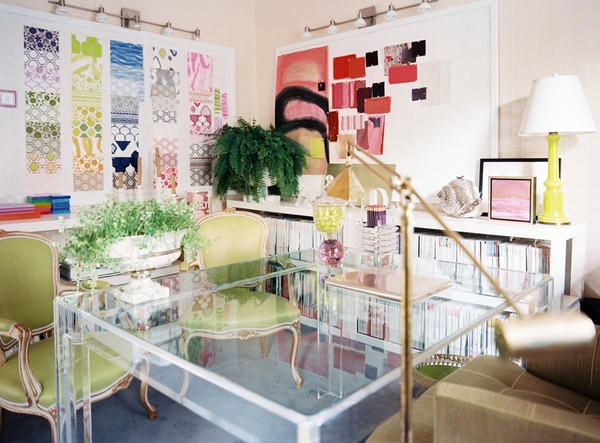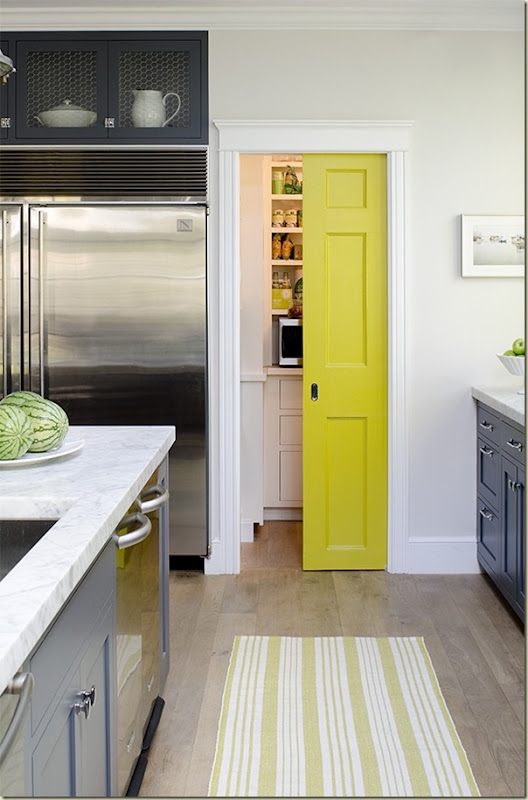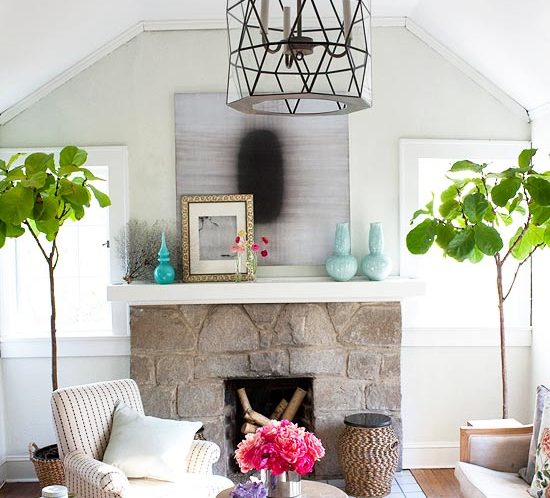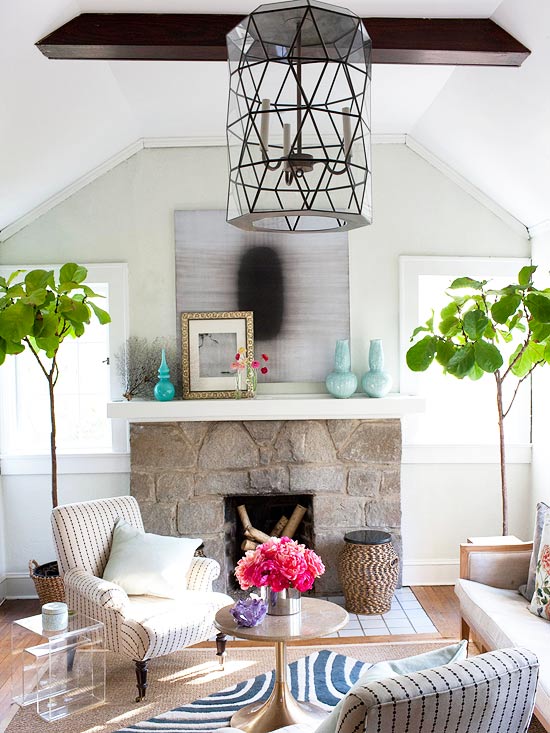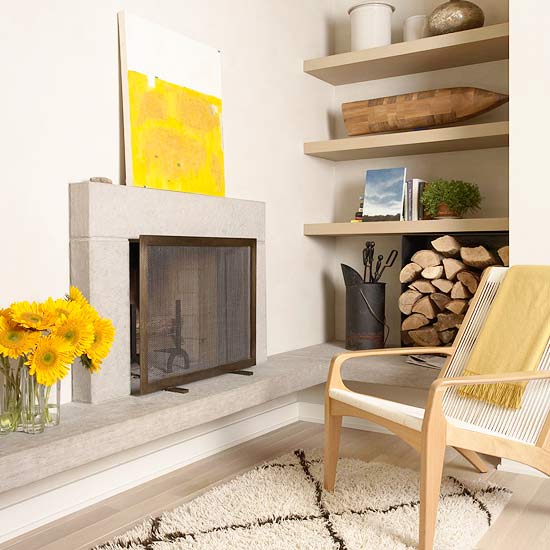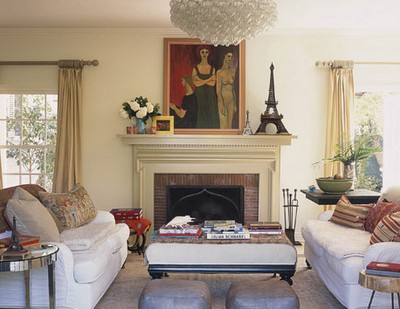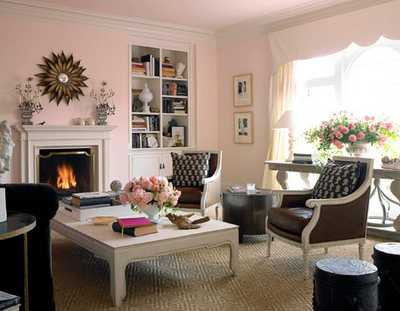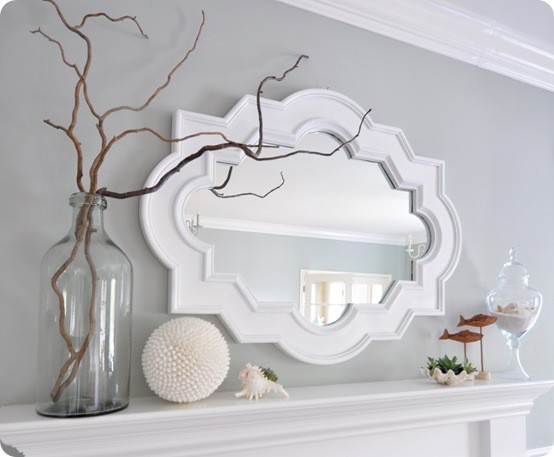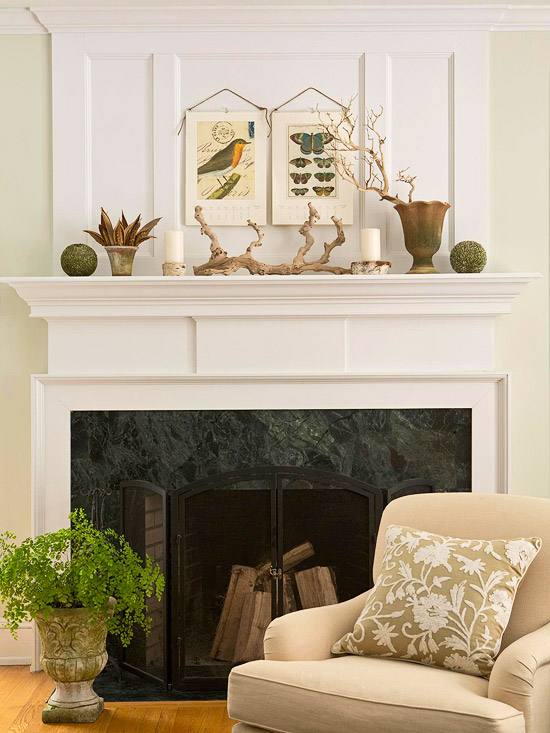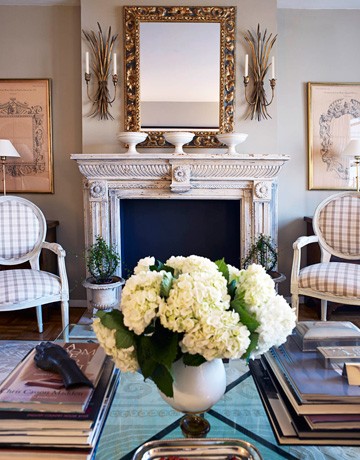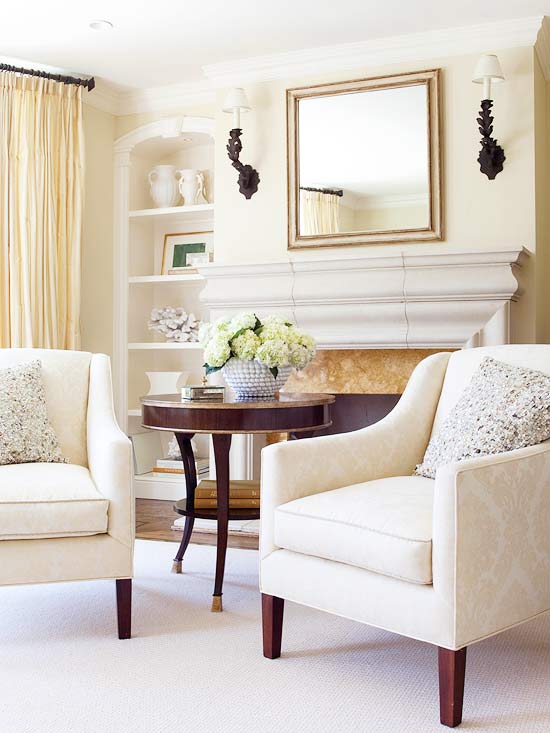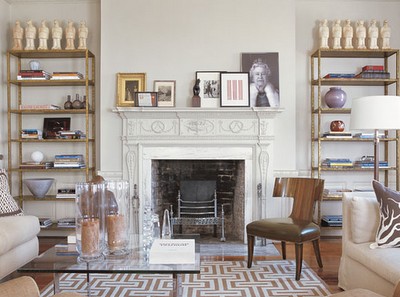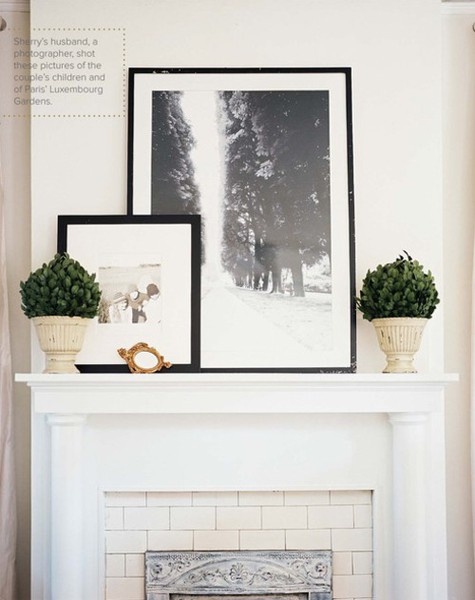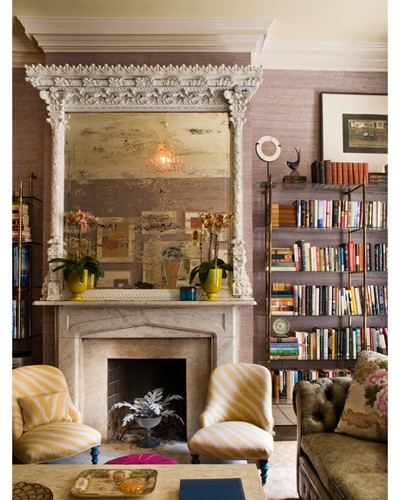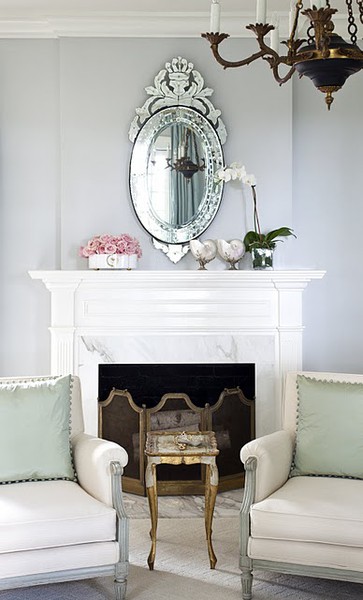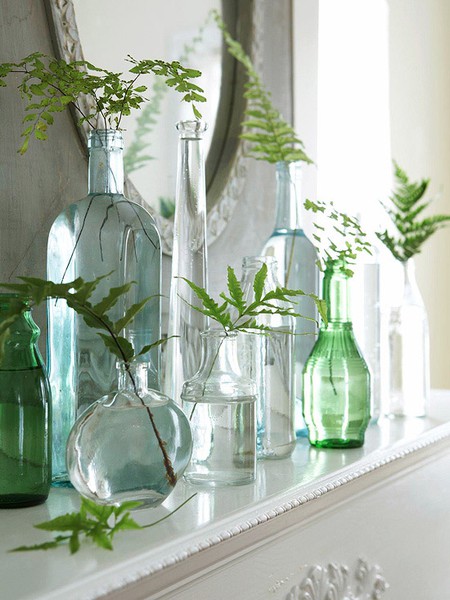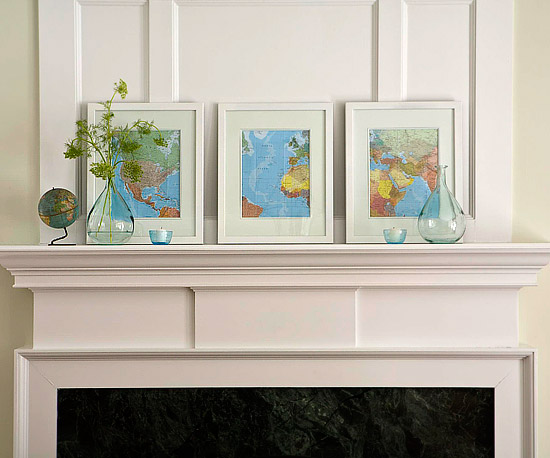Chameleon Design Featured Project: Orange County Dream Home- Living Room
Chameleon Design was lucky to be a part of the ASID Dream Home this year. The home was designed by over one dozen Orange County interior designers and Chameleon Design did the living room. The Dream Home was on view from March 1-25th in Costa Mesa and benefited the National Multiple Sclerosis Society.
The Living Room design has a clean and modern feeling, with a color palette of natural wood tones, light neutrals and citron green and fuchsia accents. We call the style “natural elegance.” You will notice a balance of elements that evoke a modern feeling: natural woods, patina metal, sculptural plants, textured fabrics, original art canvas’ and a reflective mirror. The paint color is light grey and the floors are natural concrete in keeping with the modern style. The lighting consists of an overhead chandelier, directional tracks with art lights, two wall sconces and two floor lamps.
The sofa upholstery fabric is chenille with mohair and woven chenille pillows. They are sitting on a grey mottled rug with a natural root ball table as the sculptural and focal element in the room. The simple, clean lined floor lamps in metal and glass help create the symmetrical feel of the room.
Anchoring the seating area is a large metal faced fire place made from patina sheet metal. The fireplace itself is a modern eco-smart firebox insert in stainless steel. The fireplace needs no ventilation and uses a renewable energy source- bio ethanol and has clean emissions. Grey felt ottomans float in front of the fireplace for additional lounging or seating. On either side of the fireplace the walls are mirrored with full height mirror and natural sheer drapery.
The accessories include natural elements like a terrarium collection and crystals. Universal design is considered and the furniture layout accommodates access thru the space between the doors. An open area in the seating grouping allows a wheel chair to join in and a 5’ radius to turn is allowed at that point as well.

